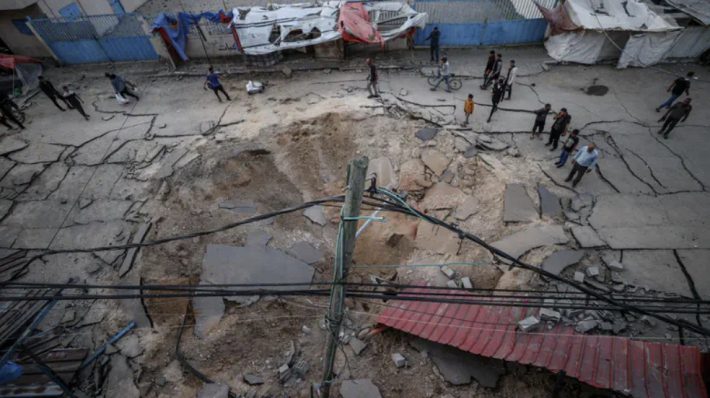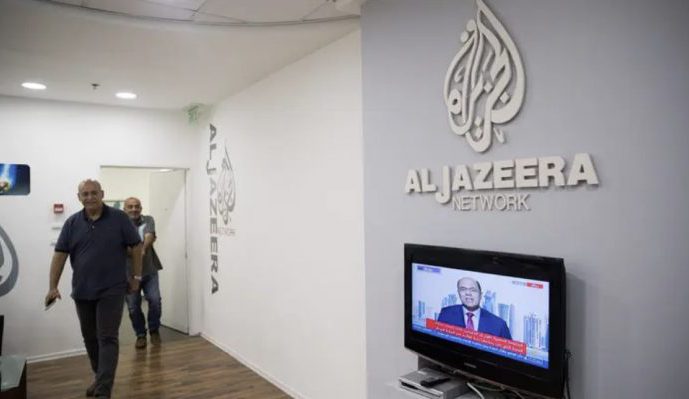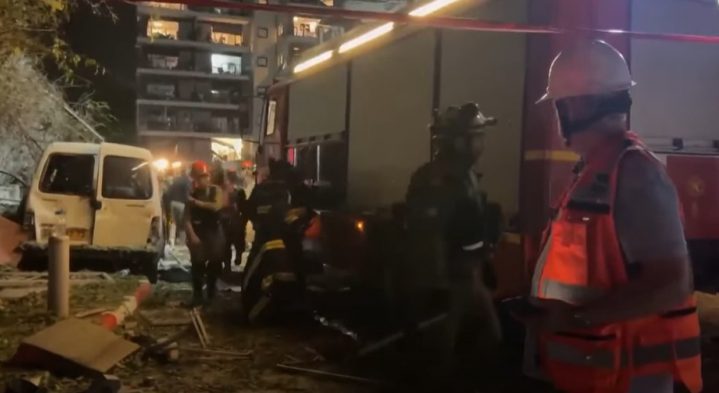Israel confirms: One of the bodies recently found in an underground Hamas compound in Khan Younis is Mohammad Sinwar, the Hamas leader who was killed in an airstrike last month.
A body recently discovered in a Hamas underground compound in Khan Younis has been conclusively identified as that of former Hamas leader Mohammad Sinwar.
During an IDF operation in the Khan Younis area, several bodies were recovered and brought to Israel. Following identification procedures, one has been confirmed as Sinwar’s.
Sinwar was a senior commander at the heart of Hamas’s military leadership. He served as the organization’s head of military operations, playing a central role in planning and executing the October 7 massacre as the chief of its operations staff.
Approximately two weeks ago, Israel officially confirmed Sinwar’s death in an airstrike on May 13 in Khan Younis. Jets dropped around 40 bunker-busting bombs, totaling approximately one ton.
That strike also killed terrorists Mohammed Shabana, commander of the Rafah Brigade, and Mahdi Khuwara, commander of the southern Khan Younis battalion.
The IDF reported that they struck the militant group while it was located in an underground command and control facility below the European Hospital in Khan Younis.
After the killing of Yahya Sinwar, Mohammad was appointed head of Hamas’s military arm. He became a major influencer in the group’s strategic planning and military policy .
Previously, he had served as the commander of the Khan Younis brigade and head of operations for the military wing, and was implicated in planning the abduction and captivity of Gilad Shalit.
Shabana was one of the planners and executors of the October 7 massacre, overseeing the detention of numerous hostages in southern Gaza. During the “Iron Swords” war, he directed multiple terror attacks against IDF forces in southern Gaza, including extensive rocket fire from the Rafah Brigade toward Israel.
Mahdi Khuwara began his involvement with Hamas as a weapons manufacturer in the Khan Younis wing, later overseeing the “Nukhba” unit and eventually serving as commander of the southern Khan Younis battalion.





